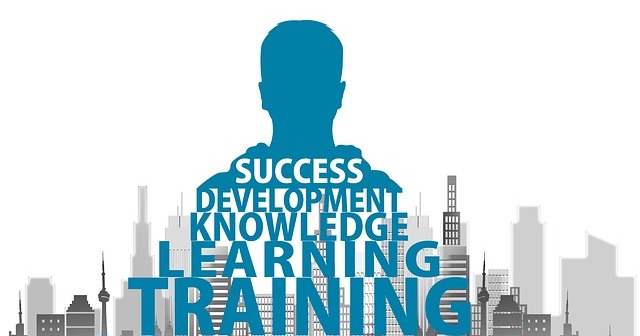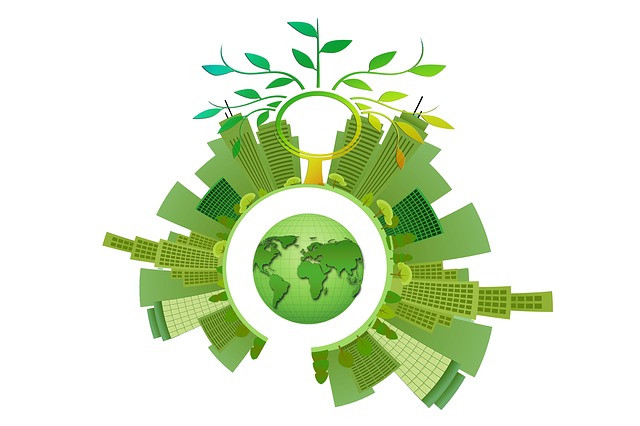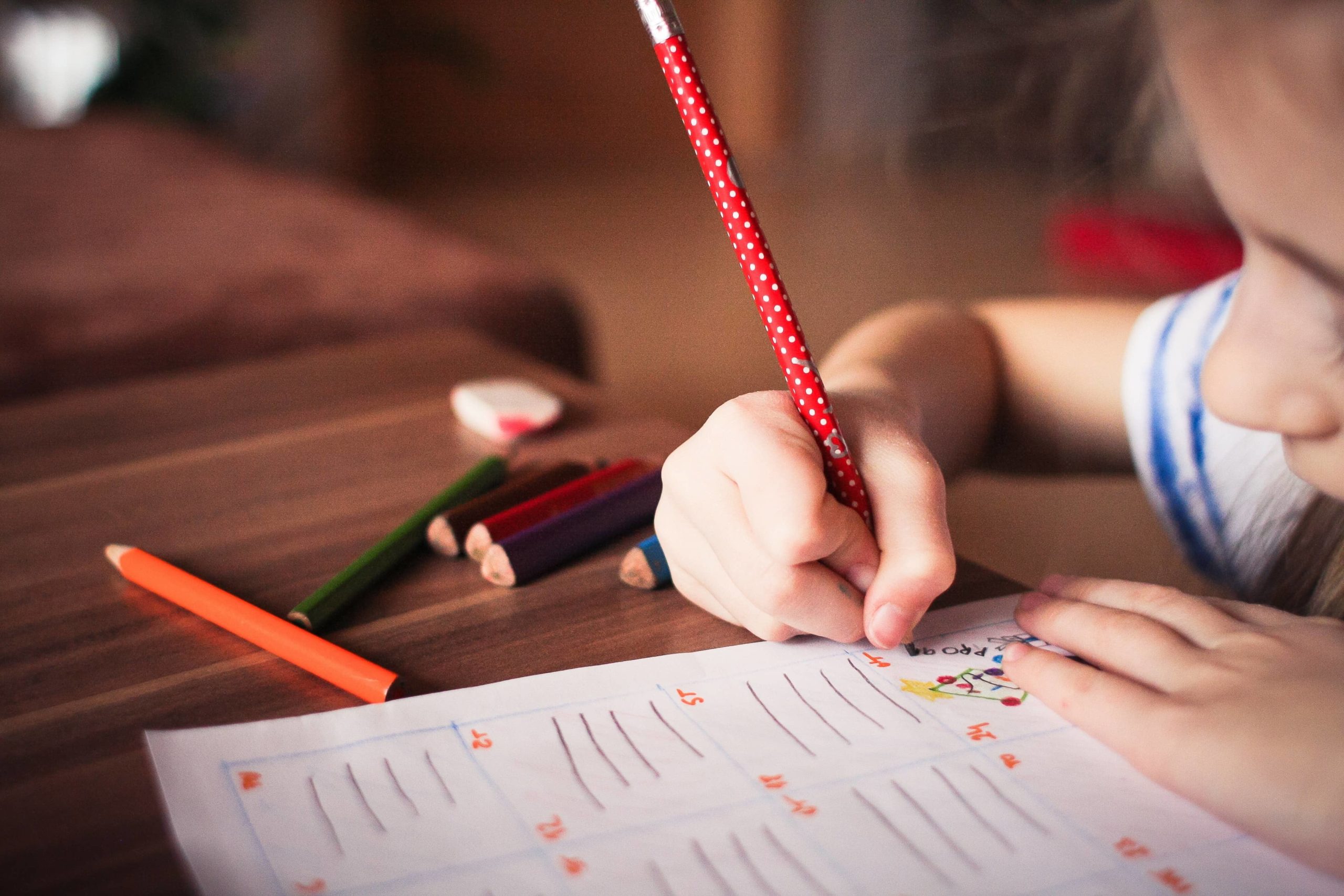Women have always faced sizable barriers in their quest for higher education. Some are unique to the country in which they live. Some are not. In both the United States and India there is no single reason why many women still cannot attend college. In both countries, the threads of socio-economic status, patriarchy and community expectation all weave together to create a complex web of challenges.
Women have outnumbered men on U.S. college campuses by an ever-widening margin since the 1970s. By the fall of 2014, women accounted for 55 percent of the undergraduates enrolled at the nation’s four-year institutions.
In India, the enrollment of women in higher education rose from 39 percent to 46 percent between 2007 to 2014. Some 12 million women are currently enrolled in undergraduate courses.
So, on the surface, it appears that great strides have been made. Which, to some extent, is true, but a deep dive into the details reveals two educational systems that are not fully available to all women.
As in other parts of the world, the potential obstacles to women’s access to education in the U.S. include geographical isolation, disability, early marriage and pregnancy and gender-based violence. Statistics show that nearly nine percent of female college students experience date-rape or sexual violence.
So, most barriers exist simply because women are women.
Traditional attitudes about the status and role of women still exist in the U.S., although these are harder to quantify. But, a glance at any media platform that covers politics will reveal quotes by men who have decidedly outdated views of women. In November, one of those elected officials, John L. Carman, was soundly defeated by a woman who was offended by his “joke” that women belong in the kitchen.
If this man had been reviewing college applications, can it be trusted that he’d be unbiased?
While the passage in 1972 of Title IX guaranteed the right to education free from sex discrimination, it’s clear that there are many who have ideas about women that are stuck in that decade.
There is, for instance, the stereotypical thinking that women lack the intellectual or emotional capacity to pursue certain courses of study. That is particularly true in the STEM field (i.e., science, technology, engineering and math), as women account for only 29 percent of the science and engineering workforce.
The challenges facing women from certain ethnic groups are even greater. According to a 2016 study by the National Center for Education Statistics, black women were the country’s most educated group between 2009 and ‘10, earning 68 percent of all associate degrees earned by black students and 66 percent of bachelor’s degrees. Sixty-five percent of all doctorates awarded to black students went to women.
It was immediately pointed out, however, that while black women earn more degrees than black men, they lagged behind women of other ethnicities. True, 23.2 percent of black women earn college degrees, but that’s far fewer than the number of Asian women (55.4 percent) and white women (38.1 percent).
For Hispanic women, the percentage stands at 18.3, and that group faces the specific challenges surrounding language barriers and culture shock.
There is also the financial challenge, though that is hardly unique to any single demographic.
The College Board estimates that with everything factored in — tuition, room and board, transportation and other expenses — the yearly cost ranges from $17,000 (community college) to $24,610 (in-state students at a four-year public college) to $39,890 (out-of-state students at a four-year public college) to $49,320 (private non-profit four-year college).
This is an area where India should be outdoing the U.S., in terms of offering post-secondary education to women.
After all, in India — a country upgraded by the World Bank in 2009 from a “poor” classification to a middle-income bracket — the costs of higher education are not as high. The yearly cost to attend the prestigious Indian Institute of Technology (IIT) is just $1,500, though the pricetag can vary for other schools.
India boasts 20,000 colleges, 42 central universities, 275 State universities, 130 Deemed Universities and 93 Institutes of National importance, the best of which are not only the IIT but the Indian Institutes of Management and the National Institute of Technology. Admission to the latter three is highly selective and dependent upon a competitive entrance exam.
However, in 2016, the per-capita income in India was estimated, by The World Bank, to be $1,670. So there are definitely economic barriers in place.
The educational challenges facing Indian women are far more deep-seated, however. Consider that this is a country in which just 30 percent of the female population was literate as recently as 1981, and 54 percent as of 2001.
India was among 189 nations agreeing in 2000 to the United Nations’ Millennium Development Goals (UNMDG), pledging to free people from extreme poverty. Universal primary education was among those goals, and in combination with the Right to Education Act of 2009 — a parliamentary act that resulted in primary education being free — some 70 percent of Indian girls between the ages of 6 and 10 were enrolled in such schools by 2012.
When compared to the U.S., where only six percent of primary school aged children were not in school in 2015, it’s clear that this the biggest challenge to women seeking to enter higher education in India — breaking through long-established barriers and gaining access to education early in life.
With that as a backdrop, it should probably come as no surprise that there is a dearth of women in the STEM field similar to that which exists in the U.S.
A study this year by economist Girija Borker also concluded that women in India’s capital city, New Delhi, were settling on lesser universities in order to avoid sexual predators lurking along the routes to better schools.
So, college aged girls in India face similar, or even greater, threats of sexual violence as do their sisters in the U.S.
What can be done about the this problematic confluence of a funding shortfall, traditional attitudes, and the threat of sexual violence?
UNESCO has, through the Sustainable Development Goals (SDGs) and the Education 2030 Framework for Action, mapped out its worldwide plan to “ensure inclusive and equitable quality education and promote lifelong learning opportunities for all” and “achieve gender equality and empower all women and girls.”
In the U.S., the passage of Title IX was hailed as a landmark moment. Such legislation, and the accompanying change (however glacial) in attitudes, has resulted in educational gains by women of all ages, and led to greater access on their path to higher education as well. As mentioned earlier, more women are now going to college than men, and it is reflected in the number earning degrees. In 2015, 39 percent of women ages 25-29 had earned a bachelor’s degree, compared to only 32 percent of men. That was an increase of 13 percent from a decade earlier.
Tackling the specific issues facing minority and socio-economically disadvantaged women requires much more than legislation. That’s where organizations as PowHERful, which lists its mission as providing financial assistance, mentorship and wraparound services to women seeking access to higher education, have stepped in to fill the need. And there is an ever-increasing number of loan opportunities for women as well.
India’s grassroots educational issues are being tackled by such places as the Prerna Girls School, which opened in 2003 in Lucknow, and the Rani Ratnavati Girls School and Women’s Cooperative, which is slated for a 2018 launch.
Other more established programs include Room to Read, which was founded in 2000 and focuses on building literacy and fostering a love of reading among primary school children. Room also empowers girls to complete secondary school and succeed beyond. This program, which offers financial and emotional support for girls, also builds new schools, trains teachers, establishes and maintains libraries and publishes books in the local language.
Then there is Pratham, a 1994 Indian collaboration with UNICEF that began as a pre-school initiative in the slums of Mumbai and expanded into a program called Read India, through which children between the ages of 6 and 14 learn reading, writing and arithmetic skills. To date it has reached 2.4 million children and trained some 61,000 teachers.
While governments have committed to making college accessible to women through pledges, legislation and even educational funding, multiple barriers remain. It is up to individuals, communities and NGOs to use the momentum created by government actions to address the cultural constraints, threats of violence and economic disadvantages that women on both sides of the ocean still face.







